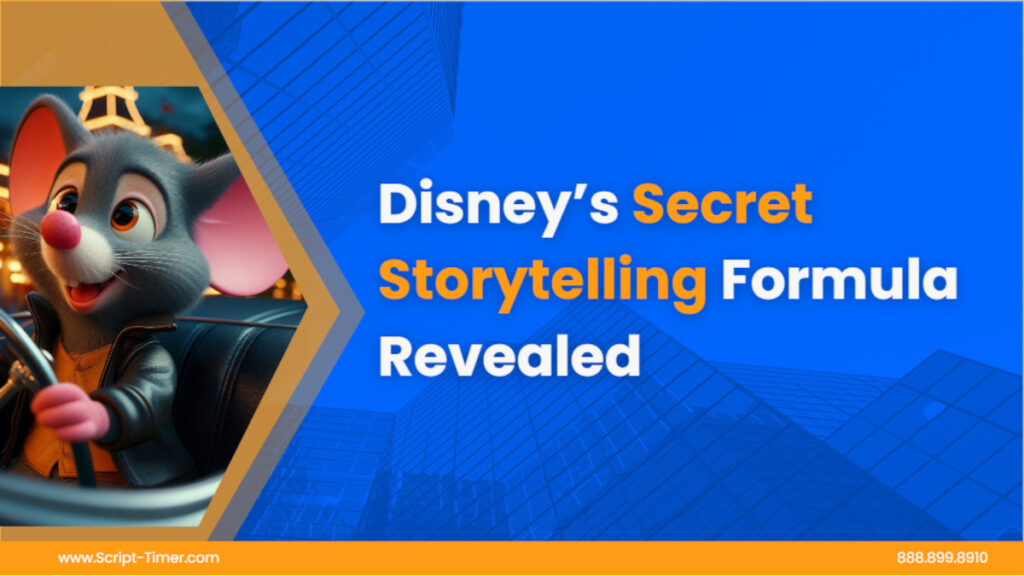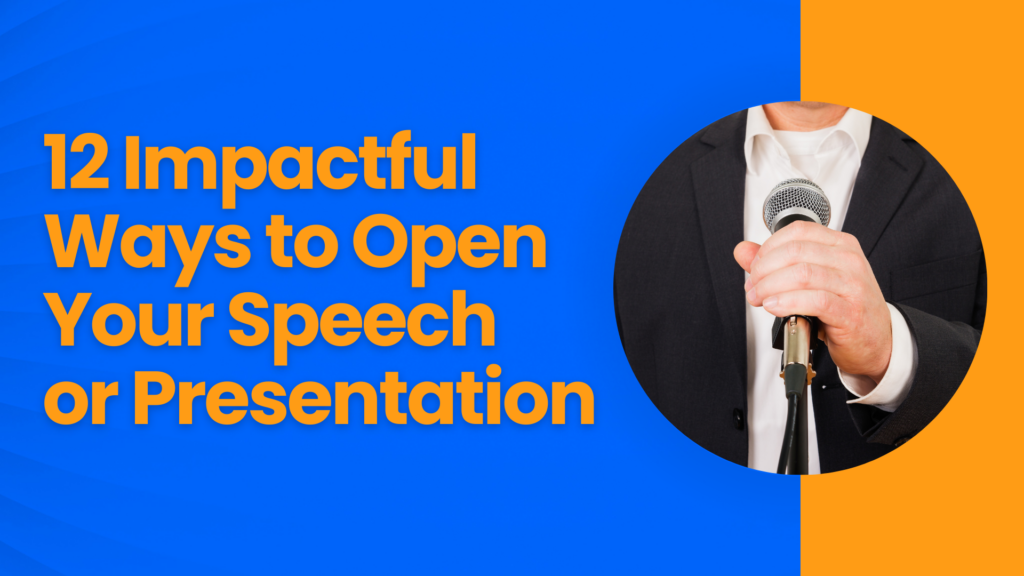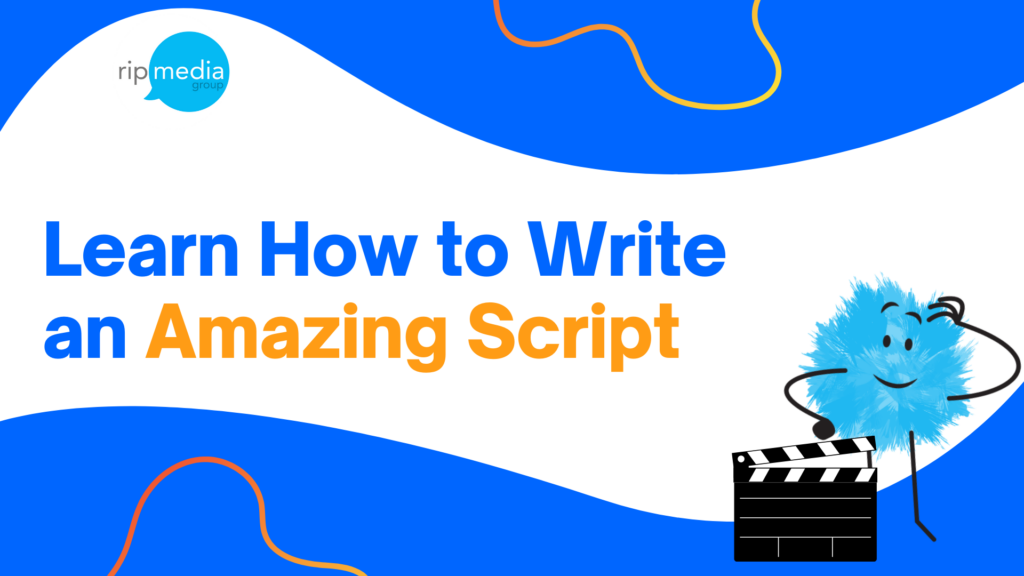Have you ever wondered why Disney’s movies are always remembered, and stick in our minds, even many years after we first saw them? The answer is simple, their effective storytelling formula, it involves relatable characters, themes that transcend time, and emotional journeys.
This blog will show you the secrets behind every Disney movie success, you will also learn how you can incorporate this formula into your scripts, so you can replicate this approach and improve your storytelling.
Why is Storytelling So Important in Entertainment?
Without doubt, the keystone of the industry of entertainment is storytelling because it is the thread that connects the audience with the movie characters, it makes us care about their problems, and if it’s properly done it leaves us feeling something profound. A mesmerizing story can transport us to a new world by sparking our imagination and evoking in us a range of different emotions.
This is especially important in the world of animation and family entertainment, and Disney is the best at this because their great storytelling formula creates stories that make everyone feel related, making us feel as if we were inside of the movie.
Step-by-Step to Disney’s Secret Storytelling Formula:
In every Disney movie, you have a relatable hero, and a big conflict, then you see many failed attempts to solve this problem, you see different backup plans, a discovery, and finally a happy conclusion. This is not a rigid set of rules, it is an effective framework that allows for creativity and flexibility, let’s see the formula’s key elements:
- The Once Upon A Time: Every Disney film starts with a familiar setting that instantly makes us feel related, usually it starts by presenting us the “ordinary world” where our protagonist resides and where the story will develop.
- The Hero and Their Desire: Next we’re introduced to the main character who is always relatable and often has a desire that we can feel related to and that sets the story in motion.
- The Villain (Or Problem): A big problem or antagonist is presented, this is the main threat to our hero or is a disruption to their world. This Villain is not always a person, it can also be a force of nature or even an internal struggle.
- Raising the Stakes: Our hero starts to face a series of different problems that escalate with time and are there to test our hero’s capabilities. This is usually the most engaging part because it is where the story truly takes flight and makes us want to know what will happen.
- Hitting Rock Bottom: At a moment it seems like all hope is lost and there’s nothing our hero can do to overcome the problem or defeat the villain.
- An Important Revelation: The hero finds more inner strength or a secret tool to persevere and try to win once again.
- The Final Battle: Our hero confronts the villain or obstacle once again in an exciting showdown, and here is where the core themes of the story are put to a real test.
- Happy Ending (With a Lesson Learned): The hero defeats the villain, overcomes any challenge, or achieves their goal while learning an important lesson that will stick with them, and finally the story concludes leaving us with a sense of satisfaction.
The Emotional Connection
Disney’s formula emphasizes the importance of creating a real connection between the story and the audience, and this is achieved with relatable characters, good humor, and some wholesome moments (sometimes even a bit of sadness).
Another key part of Disney’s stories is the use of timeless themes like the power of love, the importance of family and friendship, and the courage to always follow your dreams. These themes make audiences around the world feel related despite their age or background.
How You Can Replicate Disney’s Formula
Let’s see how anyone can replicate Disney’s storytelling formula to create stories that engage audiences:
- Relatable Character: Start by creating a central character that makes the audience feel a connection, you can make them relatable by giving them flaws, dreams, and a relatable background.
- Define The Conflict: The next step is to introduce a clear conflict or villain that stands in the way of the main character’s goal, and make it represent the opposite values the hero represents.
- Raise The Stakes: Don’t make it easy for the main character, you should introduce a series of escalating problems that will really challenge the hero and create tension.
- Moments of Hope: Present a reason to believe in your hero and their capabilities even when everything seems lost, this could be a new learning, guidance from an experienced mentor, or a new way to try to solve the conflict.
- A Satisfying Solution: Make sure the ending feels earned and leaves the hero with a new important lesson learned, but this lesson should be also relevant for the audience.
- The Emotional Factor: No one will feel related to your story if you don’t evoke emotions in them, so use humor, heart touching moments, and moments of emotional vulnerability to truly connect with your audience.
To have a better image of how this formula works, watch one of Disney’s first animations:
Now that you better understand the core elements of an effective storytelling formula you can incorporate them into your next story and you’ll see a big improvement in audience reaction, and you’ll leave a lasting impression on them.
Ready to start your next captivating story? Develop it in a much easier way by using one of the many tools we have for you. Don’t know how to improve your story? Try our AI script coach and take your story to the next level. Not sure about the grammar in your story? Correct any grammar and spelling mistakes with one click. Want to hear how your story will sound in real life? Choose one of the dozens of AI voice actors we have for you! Find these and many more tools by signing up to Script-Timer.com





